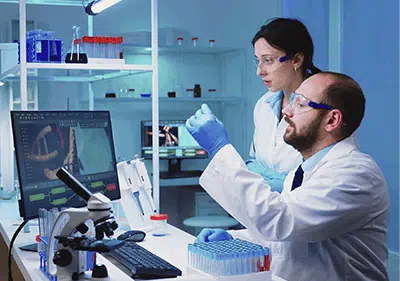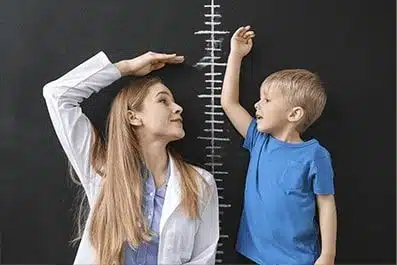- Shipping to your hotel in mexico


All children have unique qualities, and growth rate is no different. Despite small differences, kids tend to mature according to certain milestones in infancy, childhood, and adolescence. If you notice your child isn’t hitting milestones like others their age and seems a bit smaller, it could be a good idea to chat with a doctor. Learning about growth can clue you in on HGH issues, like Turner’s Syndrome and Idiopathic Short Stature, and how therapy might help your child.

Regular growth in humans is controlled by a hormone from the pituitary gland, known as human growth hormone. While the pituitary gland produces many hormones for varying bodily functions, we look to HGH secretion for normal growth.
As your child grows and their human growth hormone kicks in, keep an eye out for those exciting height milestones. It’s a good idea to speak with your child’s pediatrician about these milestones before they hit the 2-year mark.

Signs to watch for: 2 to 3 Years
1.~3.5 inches of growth per year
2. Close to twice their birth height by the age of 4
Signs to watch for: 3 Years to Puberty
1.~2 inches of growth per year
2. Rapid growth spurts during puberty
If you notice your child’s growth deviates far from this pattern or that they’re significantly shorter than others, consult a doctor.

During regular visits to the doctor, your child will have their height measured on a growth chart. These charts use percentiles to keep a consistent eye on growth patterns and compare your child’s height to children of similar age. For example, if your child is in the 10th percentile, it means that they are shorter than 90% of children their age.
If your child’s growth isn’t quite in the typical range, your doctor might discuss Idiopathic Short Stature or being Small for Gestational Age, and may suggest more tests. If it seems right, they’ll guide you to a pediatric endocrinologist, who’s an expert in hormone issues, for extra help.